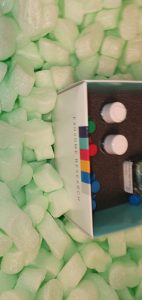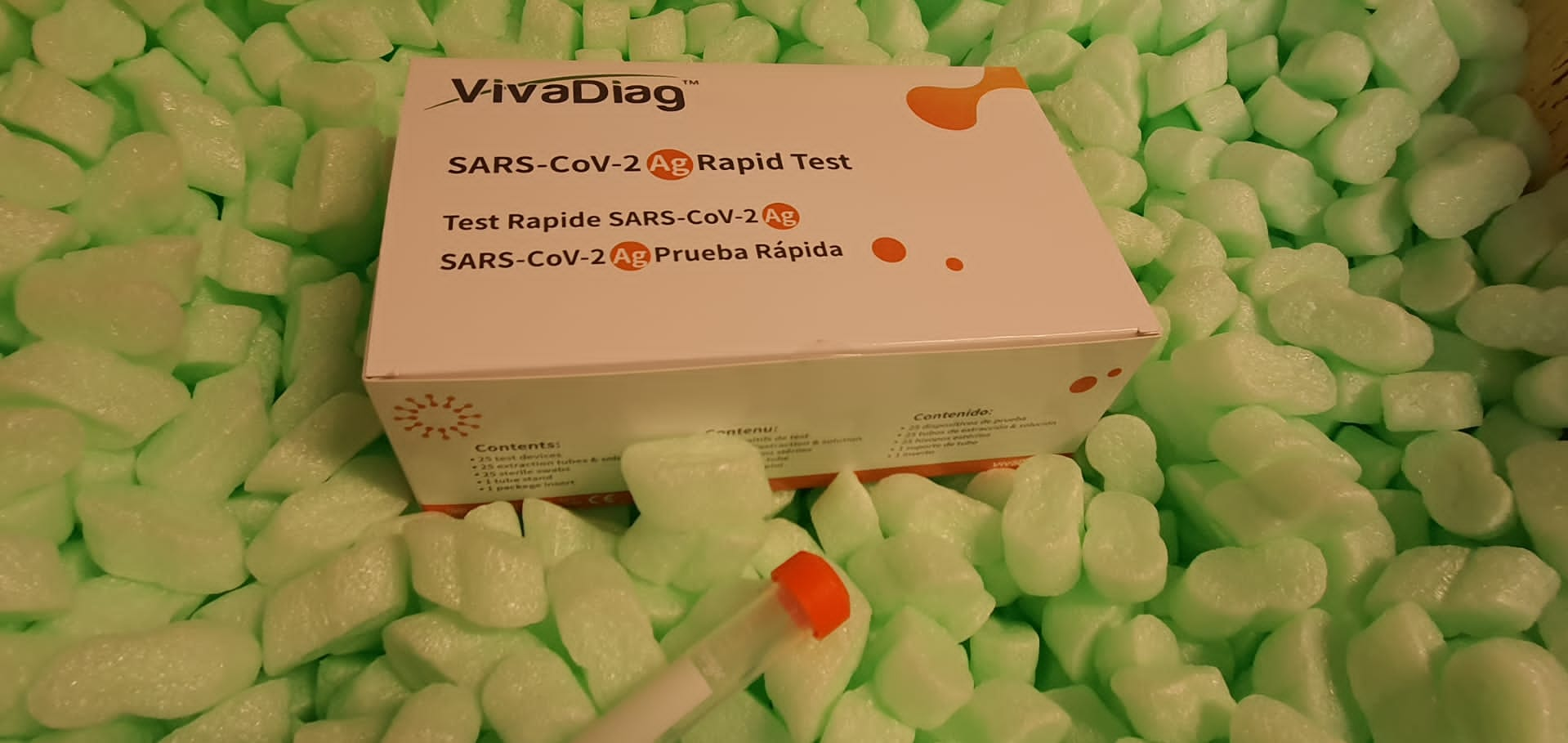Genetics and breeding of a black-bone and blue eggshell chicken line. 1. Body weight, skin color, and their combined selection
An experimental inhabitants of chickens was developed from the cross between 2 indigenous Chinese breeds, Dongxiang blue eggshell and Jiangshan black-bone. This breeding was geared toward finally combining darkish heavy black-bone physique and blue eggshell, into a single dual-purpose breed. BW was recorded and skin L∗, a∗, and b∗ coloration parameters have been measured by a Chroma Meter at a number of ages (56, 105, 150, 200, 250, and 300 d). The 7-level common visible skin darkness, calculated for every chicken, was extremely correlated (-0.658 and -0.612 in females and males, respectively) with skin L∗ (lightness), indicating that the precisely measured L∗ is dependable and helpful reverse expression of visible skin darkness of black-bone chickens.
Mean BW and skin L∗ of each sexes elevated with age, to 2,063 and 1,522 g in males and females, respectively, at 300 d, and to 63 and 55 L∗ models in males and females, respectively, at 250 d. The inhabitants’s full-pedigree allowed estimating heritability and genetic correlations between traits. The heritability estimates of BW have been related in each sexes, rising from round 0.25 at 56 d, to 0.53 to 0.60 at 150 d, and 0.57 to 0.62 at 300 d. Over the 5 ages, heritability estimates of skin L∗ have been average to excessive, starting from 0.45 to 0.58 in females, and from 0.31 to 0.65 in males, and the genetic correlations between BW and L∗ ranged principally from 0.20 to 0.45.
These low-to-moderate correlations between excessive BW and excessive L∗ (low darkness) are unfavorable; therefore they have been combined into an index, standardized BW minus standardized L∗, permitting future selection for top BW with low L∗. With excessive heritability of this index, 0.487 (females at 300 d) and 0.410 to 0.555 (males at 150 d or older), simultaneous enhancements in BW and skin darkness seem like possible. The methodology used on this examine could be helpful in chicken populations experimentally bred for mixture of excessive BW and different physique traits. At 250 d, Three impartial observers categorized skin darkness utilizing a 3-level visible scale (1 = mild, 2 = intermediate, 3 = darkish)
Transversal gene expression panel to judge intestinal well being in broiler chickens in several difficult situations
There is a excessive curiosity on intestine well being in poultry with particular give attention to penalties of the intestinal illnesses, comparable to coccidiosis and C. perfringens-induced necrotic enteritis (NE). We developed a customized gene expression panel, which may present a snapshot of gene expression variation below difficult situations. Ileum gene expression research have been carried out by way of excessive throughput reverse transcription quantitative real-time polymerase chain response. A deep assessment on the bibliography was finished and genes associated to intestinal well being have been chosen for barrier perform, immune response, oxidation, digestive hormones, nutrient transport, and metabolism.
The panel was firstly examined through the use of a dietary/Clostridium perfringens mannequin of intestinal barrier failure (induced utilizing industrial reused litter and wheat-based diets with out exogenous supplementation of enzymes) and the consistency of outcomes was evaluated by one other experiment below a coccidiosis problem (orally gavaged with a industrial coccidiosis vaccine, 90× vaccine dose). Growth traits and intestinal morphological evaluation have been carried out to test the intestine barrier failure prevalence. Results of ileum gene expression confirmed a increased expression in genes concerned in barrier perform and nutrient transport in chickens raised in wholesome situations, whereas genes concerned in immune response offered increased expression in C.perfringens-challenged birds.
On the opposite hand, the Eimeria problem additionally altered the expression of genes associated to barrier perform and metabolism, and elevated the expression of genes associated to immune response and oxidative stress. The panel developed within the present examine provides us an outline of genes and pathways concerned in broiler response to pathogen problem. It additionally permits us to deep into the examine of variations in gene expression sample and magnitude of responses below both a coccidial vaccine or a NE.

Genetic evaluation of genotype G57 H9N2 avian influenza virus isolate A/chicken/Tajikistan/2379/2018 recovered in Central Asia
This paper presents genetic knowledge on the complete genome evaluation of A/chicken/Tajikistan/2379/2018 H9N2 influenza virus remoted in September 2018 from chicken pathological materials obtained from poultry farms of the Republic of Tajikistan and subtyped as H9N2 by serological and molecular strategies. According to the outcomes of hemagglutinin gene sequencing, the amino acid sequence of the cleavage web site was RSSR/GLF, which is typical for low-virulent avian influenza virus. Phylogenetic evaluation of the nucleotide sequence of a hemagglutinin gene fragment (nt 1-1539 of the open studying body) confirmed that the A/chicken/Tajikistan/2379/2018 H9N2 isolate belongs to the Y280 genetic group of low-virulent A/H9 influenza virus, which is widespread in Southeast Asia.
[Linking template=”default” type=”products” search=”Chicken Spleen Frozen Sections” header=”2″ limit=”133″ start=”4″ showCatalogNumber=”true” showSize=”true” showSupplier=”true” showPrice=”true” showDescription=”true” showAdditionalInformation=”true” showImage=”true” showSchemaMarkup=”true” imageWidth=”” imageHeight=””]
The full nucleotide sequence of the viral genome was decided. Comparative evaluation of all genomic segments revealed that the A/chicken/Tajikistan/2379/2018 H9N2 virus is intently associated to an A/H9 influenza virus remoted within the Far East of the Russian Federation in 2018. Genetic similarity (97.1-99% identification in 4 out of eight viral genes) was discovered to isolates of an H7N9 subtype virus recovered within the Inner Mongolia and Hebei areas of China in 2017. According to the evaluation of the anticipated amino acid sequence of the studied isolate, the positions of some molecular markers point out potential adaptation of the virus to mammals. Further genetic evaluation confirmed that this virus belongs to genotype G57.
Related Posts

Identification of key genes and pathways associated with feed efficiency of native chickens based on transcriptome data via bioinformatics analysis.

Notes on Nomenclature

